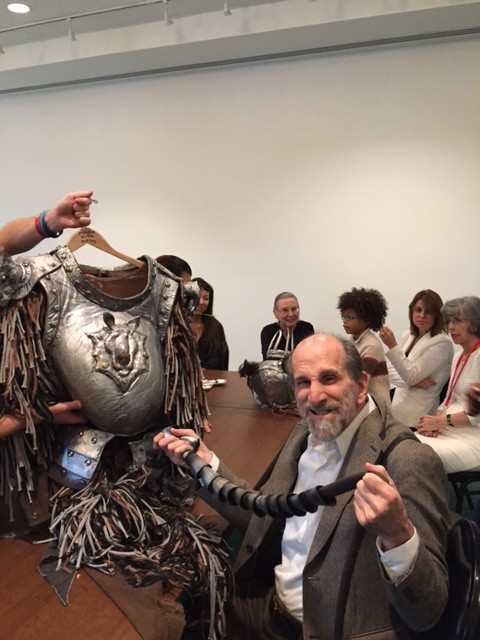The other day my daughter came over for a visit. I was in my den when I heard her calling out to me from the kitchen: “Hey dad, there are ants all over your chocolate candy.”
Yikes! I had a flash memory from the night before, eating a couple of pieces from my box of Valentine chocolates which I had been rationing and now was almost empty…except for the ants.
I quickly got to thinking about any weird science I might have swallowed in the past and recalled how I thought the sliced ham I had for lunch earlier tasted a little tangy. When you’re a blind dude, bad strawberries and sour milk are simple to detect, but ant-covered chocolates, not so easy.
I started wondering why I was still alive.
I suppose at their most basic level, ants are protein.
Then I remembered Steve McQueen’s character in the film Papillon, mashing up and eating insects while detained in a French Guiana prison. It didn’t kill him but rather helped sustain him for two years while being held in solitary confinement. I was starting to feel better.
Certainly in some parts of the world, local cuisine includes beetles, grasshoppers and other insects which are dried, fried and covered with seasonings. Desserts include tasty tidbits like Chocolate Covered Scorpion and Chile-Lime Crickets.
According to one source: “…80% of the world views insects as normal food; it's only nations in Europe, Canada and the USA who balk at the idea.”
Was I ahead of the curve?
A quick surf on Google will bring you to organizations that promote the eating of those creepy little critters. One such association boasts: “Eat Bugs, Save the Planet.” There are ‘Bug Festivals’ dedicated to educating us about the nutritional benefits of edible insects.
Notwithstanding the challenges of world hunger, the rising demand for meat, overfishing, current farming practices damaging the environment, polluting the water and air and contributing to the rise in infectious diseases, it may be time to change the way we view food.
Back to what we eat.
I thought about a nice steak – cooked cow, really? Who’d want to eat such an odd looking animal? And sushi…? Hmm, raw fish. Then it hit me: maybe as long as what we eat is dead, it works. Or at least is more appetizing.
We don’t eat living stuff. But lots of other creatures do. Snakes eat live rats, lions eat zebra, lizards eat flies, cats eat lizards, and blind dudes eat ants. No big whoop, eh?
Good thing those big bug movies like “Them!” (a nest of gigantic irradiated ants storming L.A.) and “The Fly” (a scientist mutating into a human fly) are just Sci-Fi. Otherwise, we might also be on the menu.
Dead or alive, food is necessary for survival. And eating responsibly is a worthwhile consideration.
Perhaps someday we’ll hear public service announcements like: “Promote healthy eating and sustainable farming with tasty & edible insects. Eat a bug!”
Until then, I won’t be dusting my chocolates with little ants anytime soon, but won’t freak out if I munch a few along the way.
Steve Gladstone The Blind Dude






